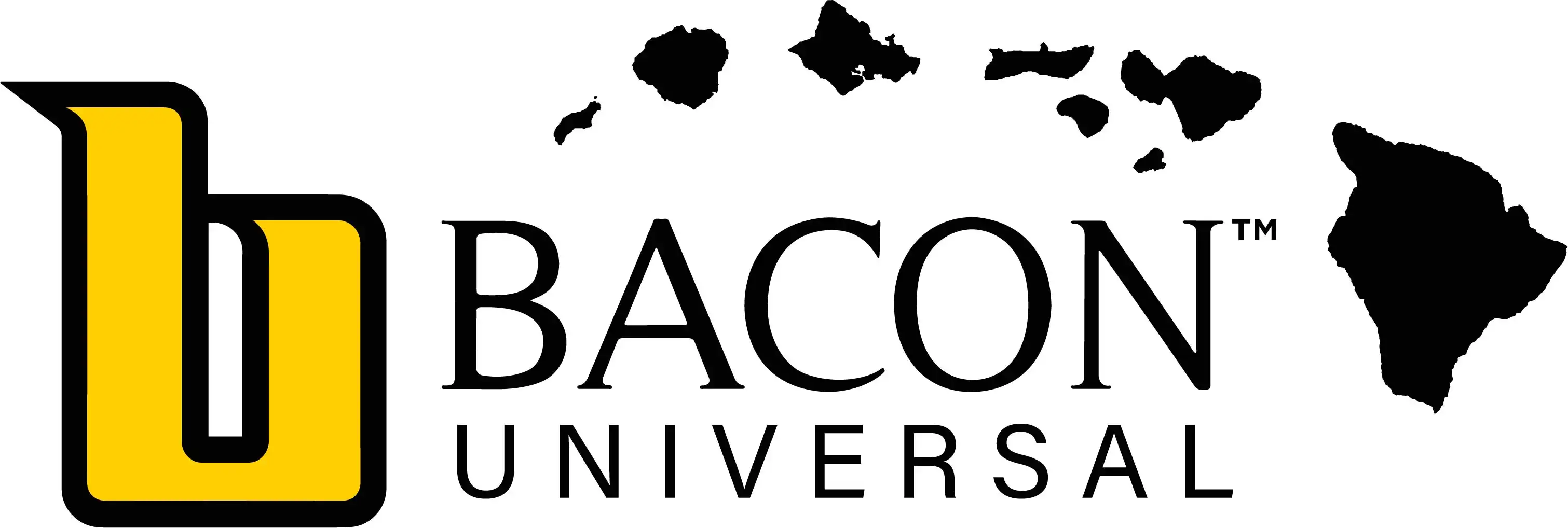Leeward Maui and Western Molokai remain under Extreme Drought
The National Weather Service issued an updated drought information statement saying very dry weather continues across sections of the Big Island with parts of the island earning D4 Classification for the most extreme conditions. Two-thirds of Molokai and the lower leeward elevations of Maui remained under D3 or Extreme Drought conditions, as well as the eastern end of Oahu.
Maui County:
In Maui county, the western two thirds of Molokai and the lower leeward elevations of the island of Maui remained under extreme drought (D3). Severe drought conditions, or D2 category, continued unabated over the island of Lanai and the Upcountry region of Maui.
Maui Island impacts: Pastures and general vegetation conditions remained poor. The report released by the National Weather Service says a decrease in ditch-transported water supplies from windward streams has affected public water production and water quality. The Maui County Department of Water Supply continued to request a 5 percent reduction in water use by Upcountry residents, and a 10 percent reduction in water use by Central and South Maui residents.
Molokai impacts: Pasture and general vegetation conditions remained poor over the western two-thirds of the island. Water levels within the Kualapuu Reservoir in west Molokai remained low and state agriculture officials continued to enforce a mandatory 20 percent reduction in irrigation water use.
Lanai impacts: Pastures and general vegetation conditions remained in a degraded state.
Big Island:
Leeward sections of the Big Island including the southeastern portion of the Kau district were listed in D4 classification, the most extreme conditions, known as exceptional drought.
The existing area of exceptional drought in the South Kohala district remained unchanged and has now been in place for four consecutive months. Extreme drought conditions, or D3 category, also remained in place over most of the remaining areas in the Kau district and the north and south Kona districts.
Big Island impacts: Conditions remained very poor in general along the leeward areas of the island. Rainfall totals for 2010 through the end of June indicated that Kapapala Ranch in the Kau district was on pace to have its driest year on record. One Kau farmer reported losing his pineapple crop and a Pahala macadamia nut farmer reported having to use heavy irrigation to sustain the orchard. Ranchers in the lower Kau and leeward Kohala slopes continued to operate under very poor conditions for livestock. Significant amounts of supplemental feed have been required as pastures have been insufficient to support the herds. Over the past 12 months, the ongoing drought has significantly affected a wide range of agricultural products including coffee, avocados, rambutan, bananas, macadamia nuts, loquat and jaboticaba. Only drought-resistant trees and crops have managed to produce well.
Many areas of the western and southern sections of the Big Island also remained vulnerable to brush fires. Residents dependent on rainwater catchment have been using costly water hauling services to satisfy basic needs.
Oahu:
On Oahu, the eastern end of the island stayed under an extreme drought (D3) classification mainly due to very low water levels in the Waimanalo Reservoir and several months low rainfall totals. The rest of Oahu managed to avoid significant drought impacts. A mandatory 30 percent cutback in irrigation water use and a reduction in service hours remained in place for the Waimanalo Reservoir. Vegetation over east Oahu has been very dry as evidenced by the recent Kamehame Ridge-Kalama Valley brush fire.
Kauai:
Kauai remained under moderate drought conditions, or D1 category, over the southeastern corner of the island. Drought conditions have mainly affected the livestock sector of Kaui due to degraded pasture conditions especially over the southeast side of the island including locations such as Koloa and Mahaulepu.
The last time the state of Hawaii was considered to be drought-free was April 15, 2008. Since then, various areas of the main Hawaiian islands have been under at least moderate drought conditions. The ongoing episode of extreme drought has exceeded one year.
Precipitation/Temperature Outlook:
The Long-Lead Hawaiian Islands Outlook issued on June 17 by the NOAA Climate Prediction Center indicated probabilities favoring below normal precipitation through summer and into early Fall 2010.
Since this is the heart of the dry/warm season, no near-term drought relief is expected for the leeward areas of the state. The main exception is the middle and upper Kona slopes. This is the only leeward area in the state which has a summer maximum in rainfall.
(Posted by Wendy Osher; Information courtesy the National Oceanic and Atmospheric Administration, the National Weather Service, and the U.S. Drought Monitor)










